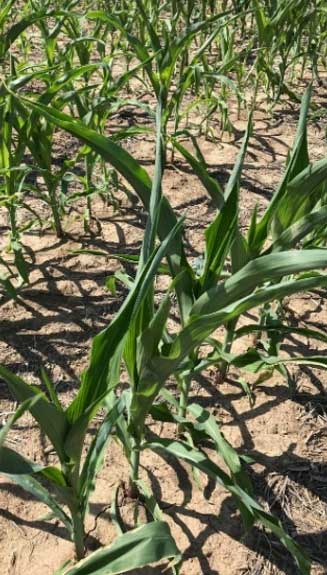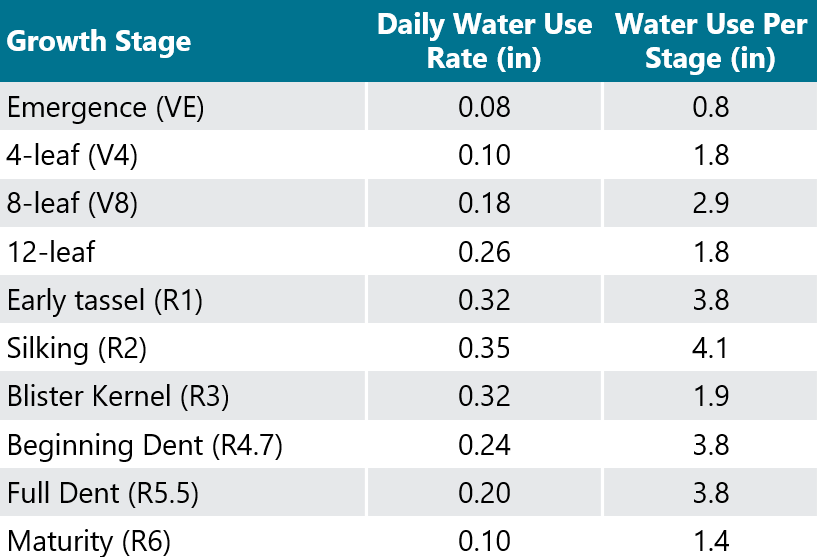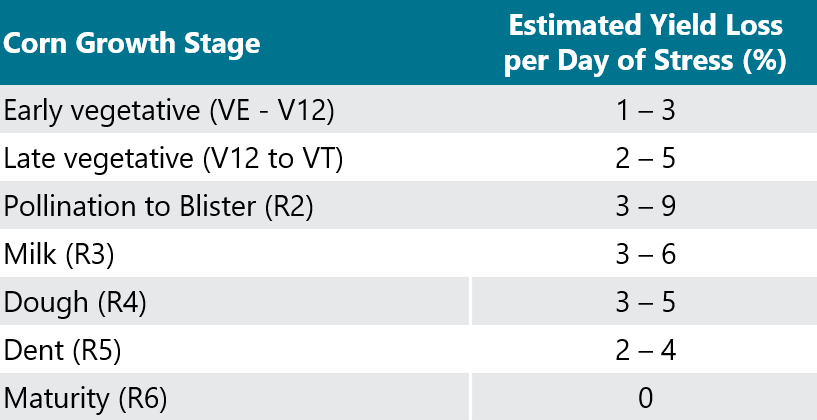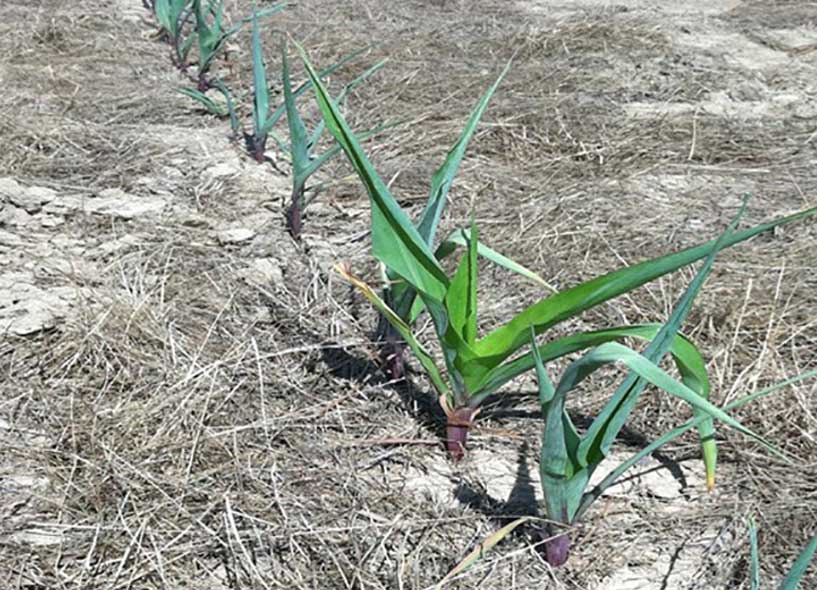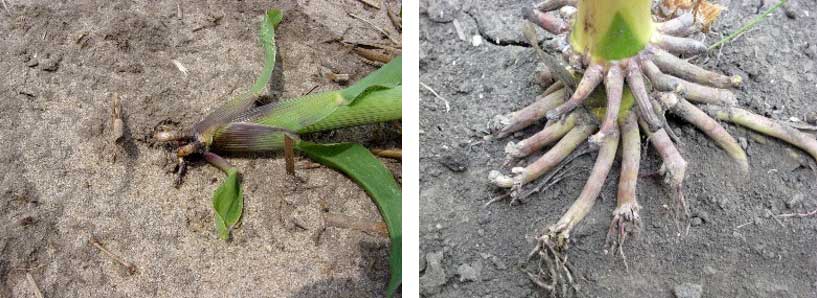Struggling with water-limited conditions? Choose corn products that were developed to get more out of every drop of water and deliver a yield advantage, rain or shine.
See the performanceHow Early Season Drought Affects Your Corn Crop
Written by Mark Jeschke.
